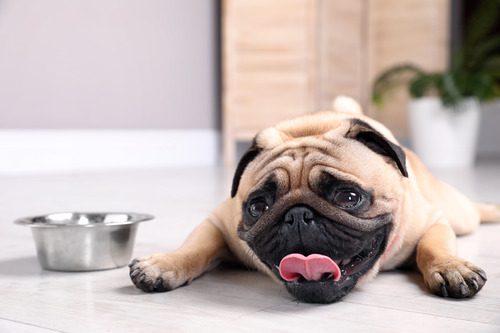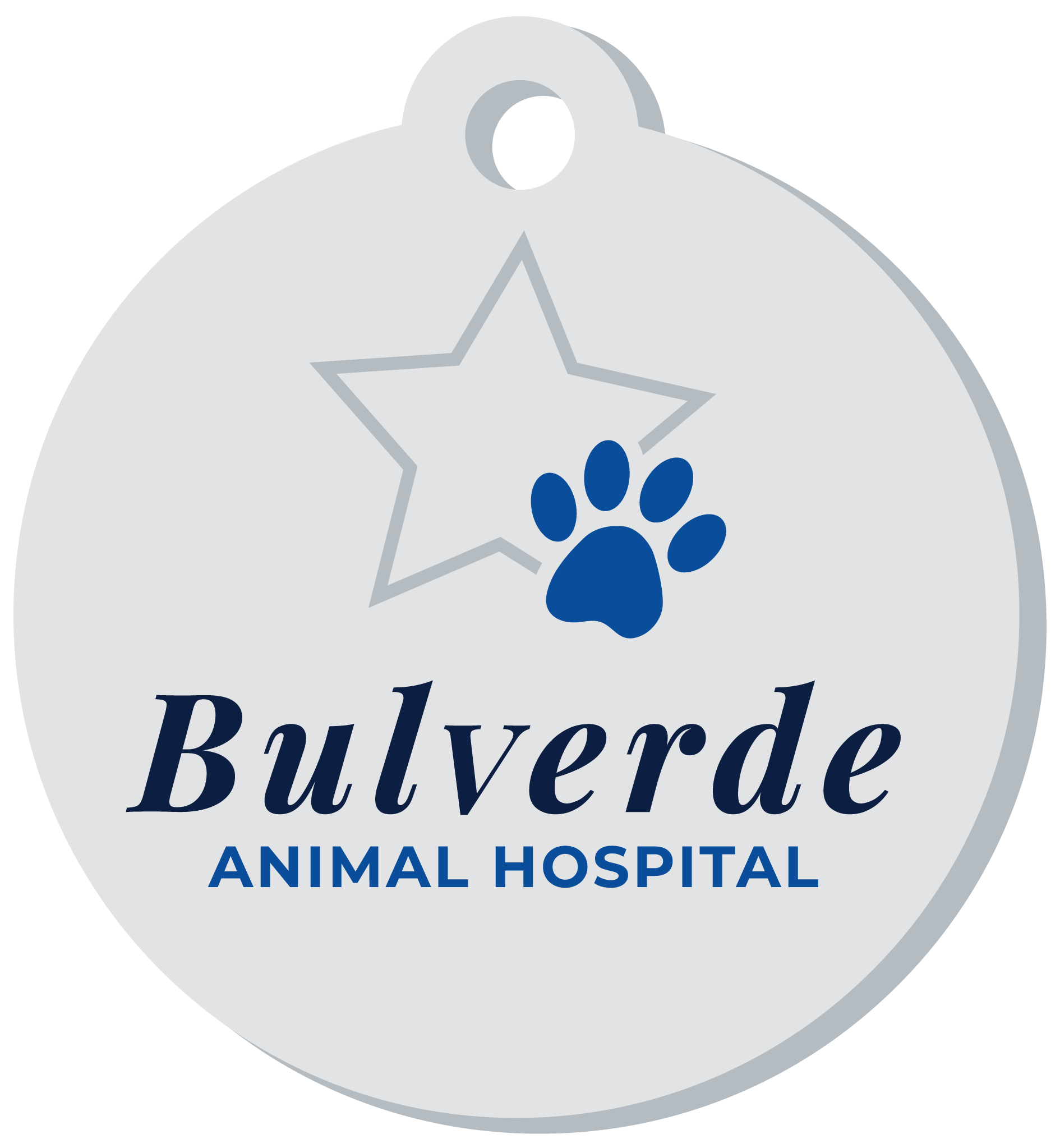Why is Your Dog Not Drinking Water

When your dog isn’t drinking water, it can be worrisome, especially during hot Texas summers. As responsible pet owners, we understand how important hydration is for our canine companions. But what should you do if your dog isn’t drinking water? At Bulverde Animal Hospital, we’re here to help. We’ll explore why your dog may not be drinking water, signs of dehydration to watch out for, and what to do next. If you’re concerned about your dog’s hydration, give us a call at (830) 438-7200.
Understanding the Importance of Water for Dogs
Water plays a vital role in your dog’s health, supporting critical bodily functions. Water helps regulate your dog’s body temperature, especially in Bulverde’s warm climate. It also aids digestion and helps absorb essential nutrients. Proper hydration keeps joints lubricated, enabling smooth movement, and water assists in flushing out toxins and waste through urine.
How Much Water Does Your Dog Need?
On average, dogs require 1 ounce of water per pound of body weight daily. This means a 50-pound dog should drink about 50 ounces of water each day. However, this need can increase with exercise, weather, illness, pregnancy or lactation.
Common Reasons Why Your Dog Is Not Drinking Water
- Change in Environment: A new home, travel, or change in water source can disrupt drinking habits.
- Medical Issues: Dental problems, gastrointestinal illness, or kidney disease can affect water intake.
- Aging: Senior dogs may naturally drink less due to changes in metabolism or activity levels.
- Medications: Certain medications might decrease your dog’s thirst.
- Stress and Anxiety: Anxious dogs may avoid drinking water due to stress.
- Unfamiliar Water Bowl: A change in the bowl’s material or placement can discourage drinking.
Signs Your Dog May Be Dehydrated
Recognizing dehydration symptoms can help you act quickly. Watch out for:
- Dry Gums and Nose
- Lethargy and Weakness
- Sunken Eyes
- Loss of Skin Elasticity
- Panting.
- Reduced Urination
How to Encourage Your Dog to Drink Water
There are several ways to entice your dog to drink more water. Try changing the water source and provide filtered water or offer ice cubes as a treat. You can also add low-sodium chicken broth or tuna juice to your pet’s water to give it some flavor. Place water bowls throughout the house and even outside to encourage drinking. Adding wet food to their diet can also increase water intake. Consider exercising your dog regularly, as it encourages your dog to drink more water afterward as well.
Additional Tips for Senior Dogs
Senior dogs may require extra care: Elevate the water bowl to shoulder height to reduce the strain on older dogs. Monitor your dog’s hydration levels, especially after walks. If you notice anything unusual, it’s best to check with your veterinarian.
When to Call Bulverde Animal Hospital
If your dog is not drinking water and shows any of the following symptoms, contact Bulverde Animal Hospital immediately:
- Vomiting or diarrhea
- Lethargy or severe weakness
- Inability to urinate or dark urine
- Persistent dry gums or nose
We can help determine the underlying cause and recommend appropriate treatment options.
Preparing for Your Vet Visit
When you bring your dog to Bulverde Animal Hospital, it’s helpful to prepare by noting any dietary, environmental, or lifestyle changes affecting your dog. You may also want to know how long your dog has shown symptoms of dehydration or other behavioral changes like reduced activity or appetite. Be sure to bring a list of any medications your dog is currently taking.
Preventing Dehydration in Dogs
Prevention is key to keeping your dog healthy and hydrated.
- Ensure fresh water is always available.
- Track how much water your dog drinks daily.
- Provide shade and cool places during outdoor activities.
- Exercise your dog early in the morning or late evening to avoid high temperatures.
- Take regular breaks to offer water during long walks.
- Use cooling mats or vests to help your dog stay cool on warmer days.
- Carry a collapsible bowl and water bottle on walks.
- Keep walks short and stay on grassy or shaded areas.
Keeping Your Pet Cool For the Summer
A dog not drinking water can be a cause for concern, but by understanding the potential reasons and signs of dehydration, you can take quick action. Make sure your dog has access to fresh water, and call Bulverde Animal Hospital at (830) 438-7200 if your dog shows worrying symptoms. Our veterinary team will provide the care your dog needs to get back on track.
Recent Posts
About Us
At Bulverde Animal Hospital, our ultimate goals are excellent service to clients, personal growth, and the professional development of our staff. We are a small clinic creating a significant impact on pets' lives.
